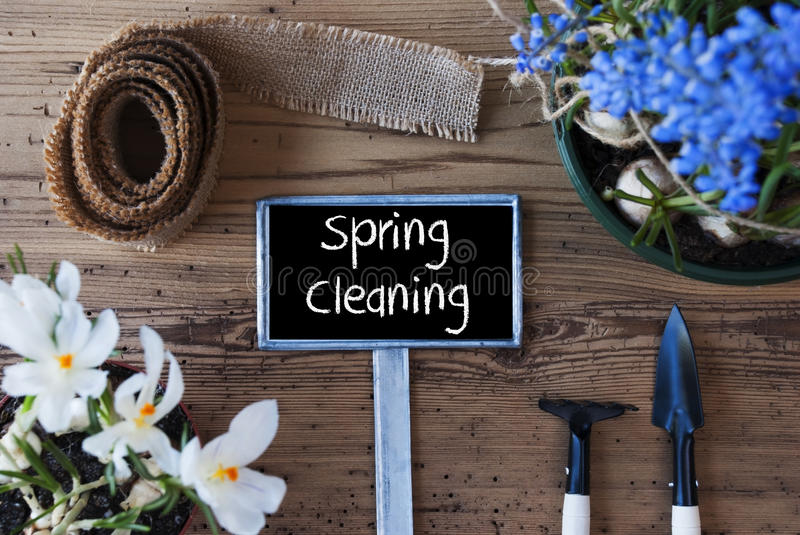
Always begin your Spring Cleaning with a thorough home inspection. The inspection process should begin by checking each wall, slowing working your way around the entire home. Step back from the wall and look for some of the more obvious problems, then look closer at any areas of concern. Signs to look for include:
- Filled gutters and blocked down spouts.
- Signs of water damage, missing chinking, signs of mildew, or places where falling branches or debris may have hit. If you have a problem seeing higher levels, use binoculars to inspect these areas.
- Look for any wood that is in contact with the ground, even if its pressure treated. For protection against termites and rot, all wood should be at least 12 to 18 inches above the soil line.
- This is also a good time to check for any cracks in the foundation. Sometimes cracks can form during the extreme temperatures of the winter. Concrete and wood can seize up, shrink and then expand once the weather starts to warm up.
- With warmer temperatures come insects and rodents. Look for any signs indicating their presence, including piles of sawdust or tunneling, droppings or chewed up debris. Powder Post Beetles, termites and carpenter ants are all frustrating insects that can yield unpleasant results if left unchecked and untreated.
- Look for cracks in the logs or in the chinking as well as peeling stain/top coat. Once you’ve completed your initial visual inspection its time to start your exterior Spring Cleaning!
Cleaning Gutters
If gutters are not working properly, water can spill over the edge and defeat the purpose of the gutter. A clogged gutter can allow water to splash back onto the logs when it hits the ground or deck. Cleaning out the leaves and debris from the fall is important. Maintaining the gutters includes making sure there are no leaks, especially in the downspouts. A crack in a seam on the gutter can allow rain to drain down onto the logs, which can lead to rot. Remove all the fall and winter debris from the valleys in your roof so water properly drains from these areas into the gutter system.
If you have a deck where the rain off the roof drops onto the deck, consider installing gutters along this roof edge. It will prevent water from continually splashing up on the lower logs.
Landscaping and Pruning
Trees, shrubs and other plants placed too close to your log home can become a nightmare for your home. Make sure bushes and flowers are planted well away from your home’s exterior walls, we recommend at least 18”, and that trees and shrubs are trimmed on a regular basis. This will ensure that moisture levels remain low and don’t splash up against the home.
Stacking and Piling Wood
Gathering round a fire pit is all part of the cabin experience, however it’s important to keep wood piles far from log structures. A minimum of five feet is recommended. Wood stacked right up against your home is not only a prime environment for moisture buildup that leads to mold and rot but also for wood-boring pests tunneling from wood piles into your home.
Cleaning and Washing
Clean logs breathe better; therefore they dry more readily. Cleaning them can help remove spores that can cause mold or mildew to develop. We recommend cleaning logs with a combination of water and a wood-friendly detergent, Sascho CPR for example. Cleaning should be done annually for the longevity of the logs.
Sealing Cracks and Gaps
During the winter months, cracks and gaps can occur as your log home shrinks and expands over time. This can allow water to get in behind the checks. For these reasons, it’s important to address any and all cracks and gaps as soon as you find them. If you notice large cracks that seems to go through more than half of a log, it’s a good idea to call our team ASAP! Log rot can be tricky and require experts in log home restorations and repairs.
Once you have completed your exterior Spring Cleaning check-list, its time to sit back and relax… Just kidding, time to start on the interior Spring Cleaning check-list!








